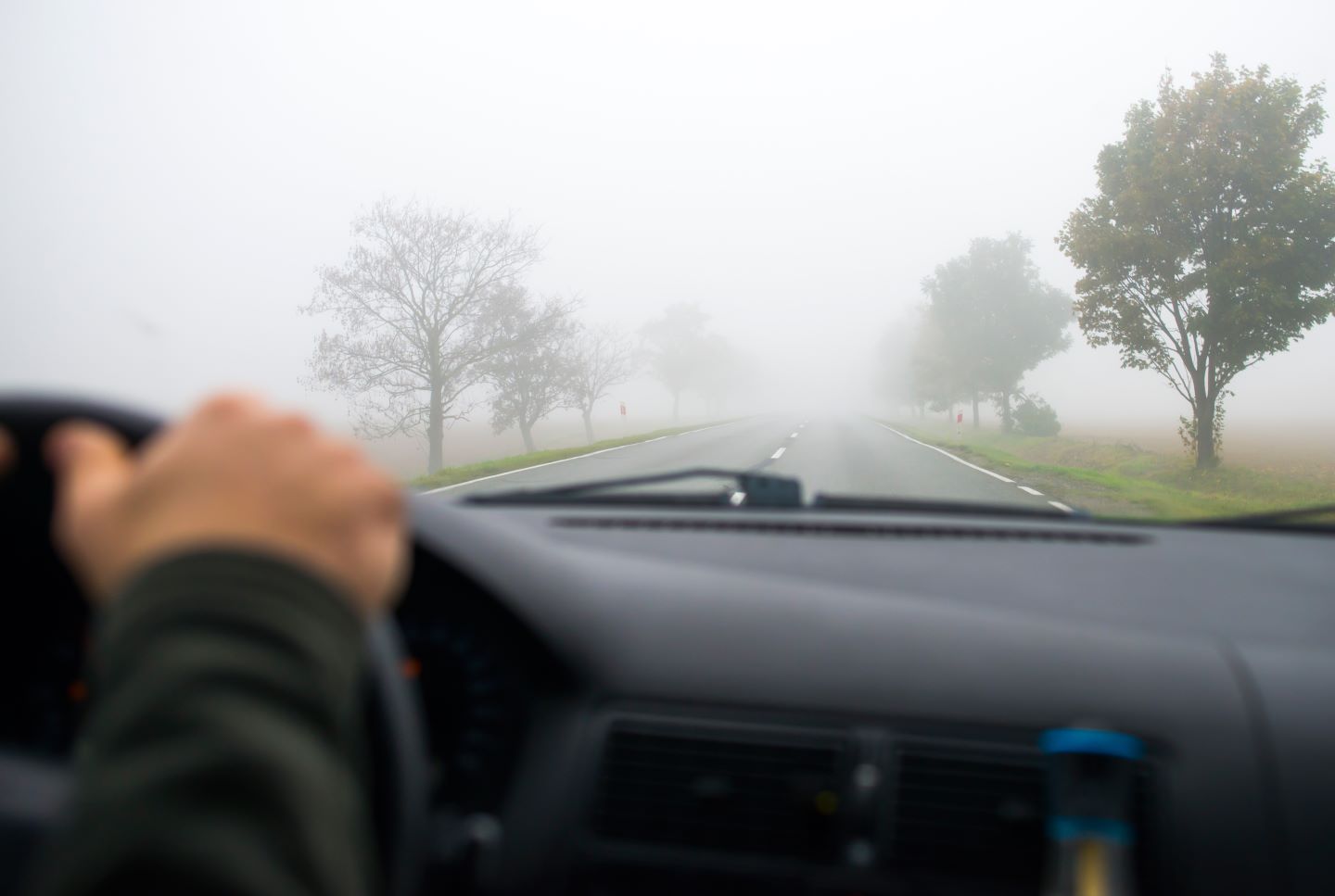Into the Haze: Tips for Driving Safely in Fog
Last week, we saw some heavy fog lingering in and around Edmonton. As we head into the colder months, it is important to use caution on the road, especially during unfavourable conditions. Dense fog can create dangerous conditions, especially if it's incredibly thick or combined with other severe weather conditions. So today, let’s discuss some safety tips for driving in fog.
“Each year, over 38,700 vehicle crashes occur in fog. Over 600 people are killed and more than 16,300 people are injured in these crashes annually.” -US Department of Transportation
The safest thing to do in the event of fog while driving is to pull over, or park your car in a designated area, until the fog clears. However, if you can’t do so safely, or need to continue driving, keep these tips in mind:
- Slow down and allow extra time to get where you are going.
- Use your turn signals well ahead of turning. Drivers following you may be using your rear lights as a guide, so alert them that you're pulling off the road. When travelling in low visibility areas, signal earlier than you usually would in ideal weather conditions.
- Pull off away from the road. If drivers can't see the shoulder, they likely won't see your vehicle either.
- Turn on your hazard lights. Help other drivers know you're stopped. Avoid using flashing lights while driving. In many jurisdictions, hazard light use is not permitted.
The safest thing to do when there is heavy fog, is to avoid driving. However, if you must drive, consider the following:
- Keep your vehicle in good shape, especially your tires and wipers. Keep your windshield washer reservoir topped up.
- Most crashes in fog happen because drivers go too fast for the weather conditions.
- Keep your headlights clean. Make it a habit to wipe them off whenever you fill your gas tank.
- Drive with enough stopping space so you can stop within the distance you can see.
- Don’t creep along; somebody else may crash into you. If visibility is extremely poor, exit the road or find a safe place to pull over.
- Minimize distractions. Turn off your cell phone and the radio. Put your cell phone in a place where you won't be tempted to reach for it while driving, like the glove compartment.
- Be patient. Don’t change lanes or pass other vehicles unless you must, and NEVER try to pass long traffic lines in fog.
- Reduce your speed. Because you can't see the road or other vehicles, a low rate of speed can help protect you.
- If temperatures allow, roll down your window. This will enable you to listen for cars and emergency vehicles.
- Use roadside reflectors as a guide. The markings can help you navigate twists and turns.
- Use windshield wipers and defrosters. These will help limit excess moisture on the window and reduce glare.
- Drive with low beams and fog lights. High beams lights can worsen visibility because they reflect off the fog.
- Use the right edge of the road as a guide. Helps you stay in your lane and not "drift" into the middle lane.
- Increase your following distance from other cars to ensure you have the proper time to respond to any obstacles. A good rule of thumb is to increase your count distance by at least five seconds instead of two seconds behind other vehicles.
- Animals, especially whitetail deer, feel more comfortable moving under the cover of fog and are much harder to see. The lowered visibility in dense fog means less time for you to see them and for them to see you.
Keep these tips in mind when driving in fog to ensure you, and others, stay safe on the road this winter.

